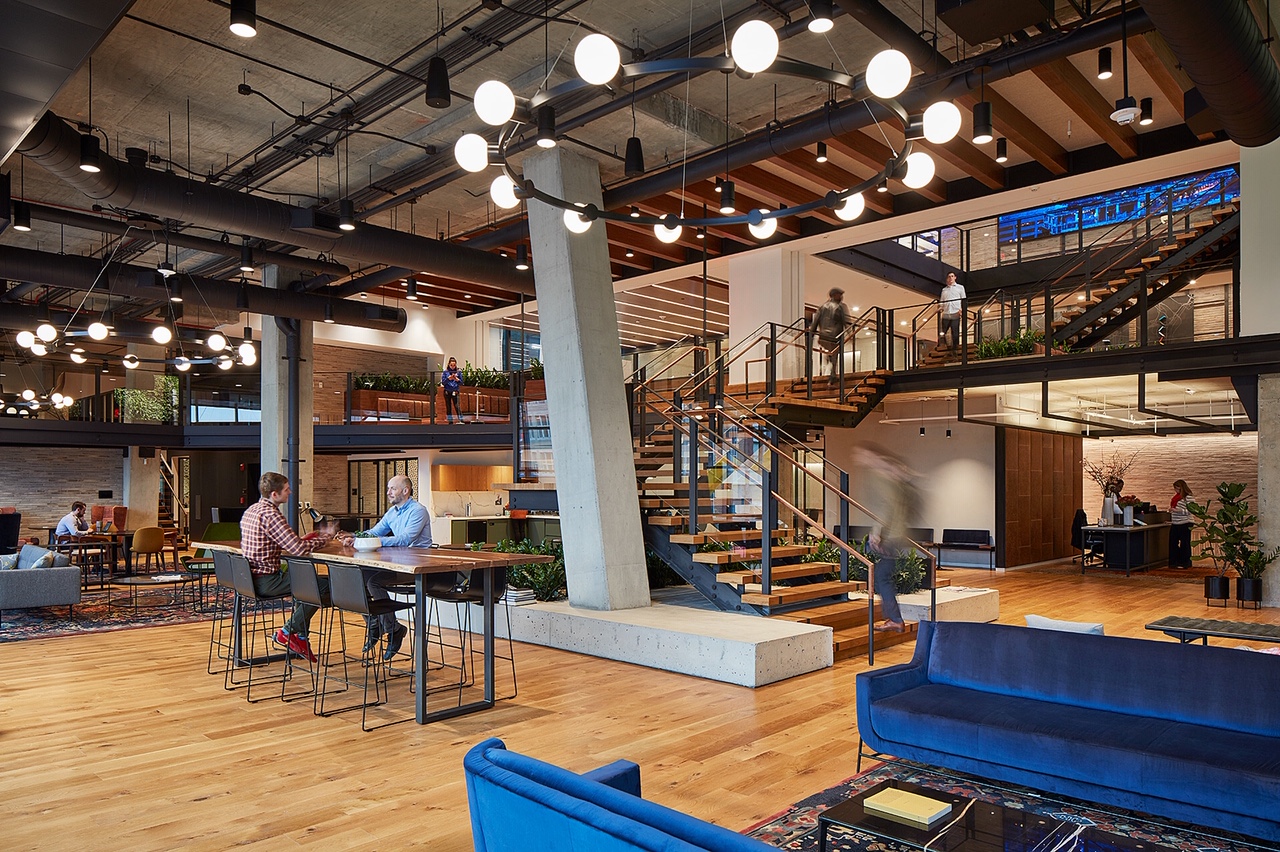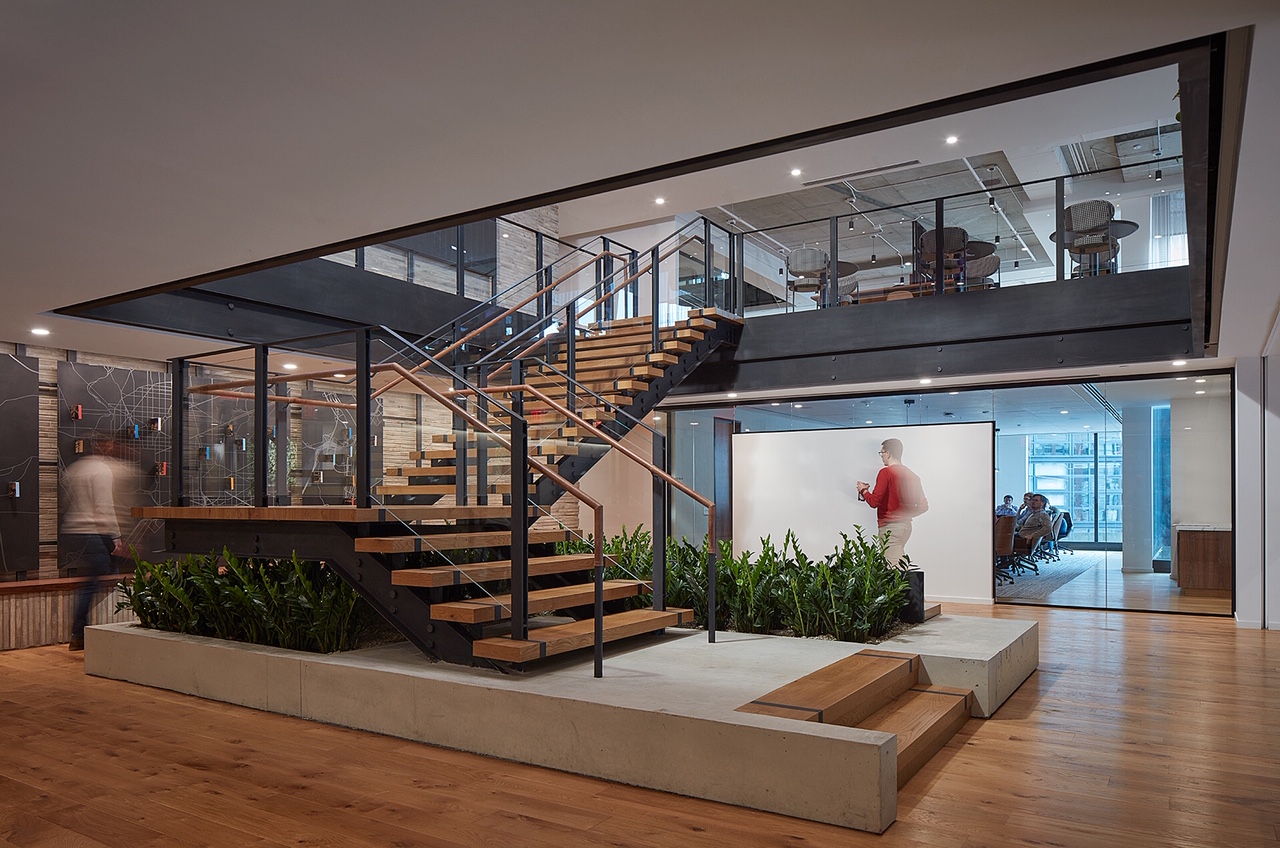The office plays a crucial role in recruiting and retaining talent, which in turn helps business leaders around the globe achieve their commercial objectives. The pandemic has accelerated several trends in innovative thinking about work: the agile, flexible structure of work, the evolution of the way we use the office to collaborate, the environment around the office, and the way we use spaces in our cities.
David Ritchey, EVP and Director of Asset Management and Commercial Leasing at JBG SMITH, Amazon’s development partner for its HQ2 project across the river from Washington D.C., recently sat down with Brunswick Group partner Janelle Nowak-Santo to talk Amazon, sustainability, the future of the office, and the firm’s ongoing efforts to transform National Landing.



